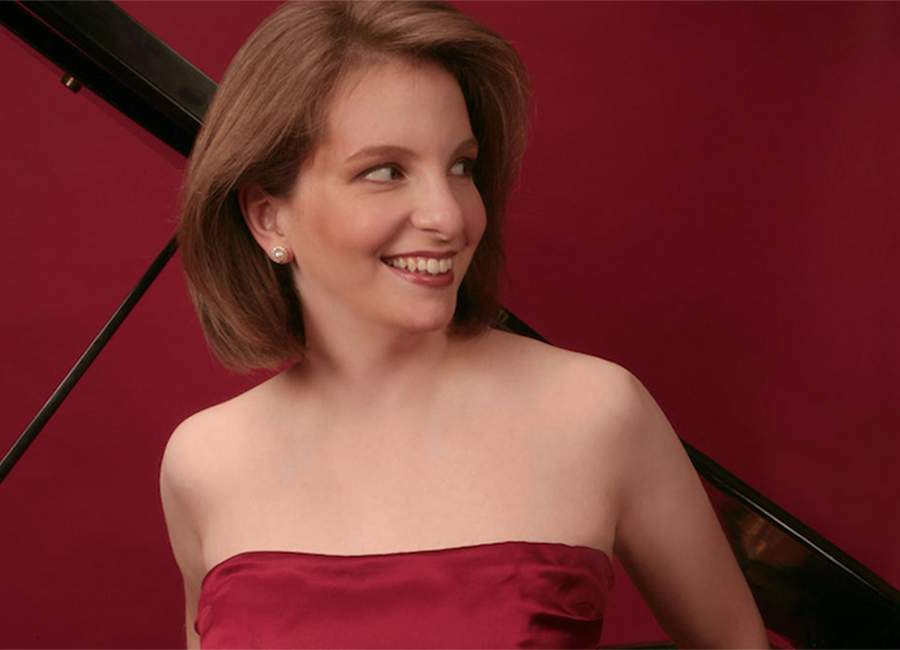
Orli Shaham and the Orlando Phil search for the joy of communion in Bernstein's 'Age of Anxiety'
February 14, 2018
By Elaine Schmidt
As four lonely strangers huddle together over drinks in a Manhattan bar at the height of World War II, they come to a cold realization: Humankind's tendency for self-destruction has sapped them of all hope and happiness.
That it takes conflict, chaos and loss for humans to re-evaluate our search for faith is perhaps the most tragic sentiment of W.H. Auden's book-length poem "The Age of Anxiety." After Quant, Malin, Rosetta and Emble find common ground and create an alcohol-induced happiness, with long-breathed soliloquies about "the godless growing like green cedars on righteous ruins," a blossoming friendship takes them to Rosetta's apartment, where more drinking ensues, capped with a bit of self-understanding in the end.
If the book-length poem published in 1947 captured a wartime dread and anxiety that was to last another four decades or so, Leonard Bernstein's symphonic piano concerto of the same name turned it into a statement of perennial relevance.
"We all feel we have something failing us in humanity, but at the same time we experience joy and connection with other human beings," says pianist Orli Shaham. "In this way the piece is timeless."
Shaham is the featured soloist for the Orlando Philharmonic's performance of "The Age of Anxiety" this Saturday, in commemoration of the 100th anniversary of Bernstein's birth. Born in Jerusalem to scientist parents, Shaham was first encouraged to learn the piece at the age of 19 by Victor Yampolsky, former music director of the Omaha Symphony Orchestra. She has taken it all over the world since, culminating, after more than 20 years of interpreting the piece, with a performance with the China NCPA Orchestra this summer in Beijing. "I never cease to find delight in it," she says.
Always ambivalent about his relationship to his Judaism, Bernstein found kinship with the poem and devised a large-scale symphony-concerto following Auden's general structure and tone.
"Both works are enormous and speak with great depth," says Shaham, who is making her Orlando Philharmonic debut under the baton of former Juilliard classmate Eric Jacobsen. "The piece holds together very well on its own, even though it comes from the Auden poem. It's one artist understanding the other's work so deeply that he makes it his own."
Following a prologue for two clarinets and a series of 14 related variations for piano and orchestra, there is a dirge for the loss of hope that marks the decadence of the 20th century. "It symbolizes all of our deepest anguish – our mourning for what we thought the world was before World War II, although it applies to other contexts of deep existential angst," says Shaham. A brisk masque follows – the party at Rosetta's, in which Bernstein blazingly depicts the uniquely American flavor of jazz and musical theater. The masque "serves as a release from [the anguish of the dirge], and brings us back to people interacting and finding joy in each other," Shaham says.
It is that joy in communion that persists after the end of Bernstein's stirring climax for full orchestra and piano, though almost 40 years after the premiere he remembered it as a "false hilarity," in the context of the war. But, he said, "somewhere in the aftermath, at least one of the characters does find the core of faith, which is what I'm after in – I guess – every work I ever write."